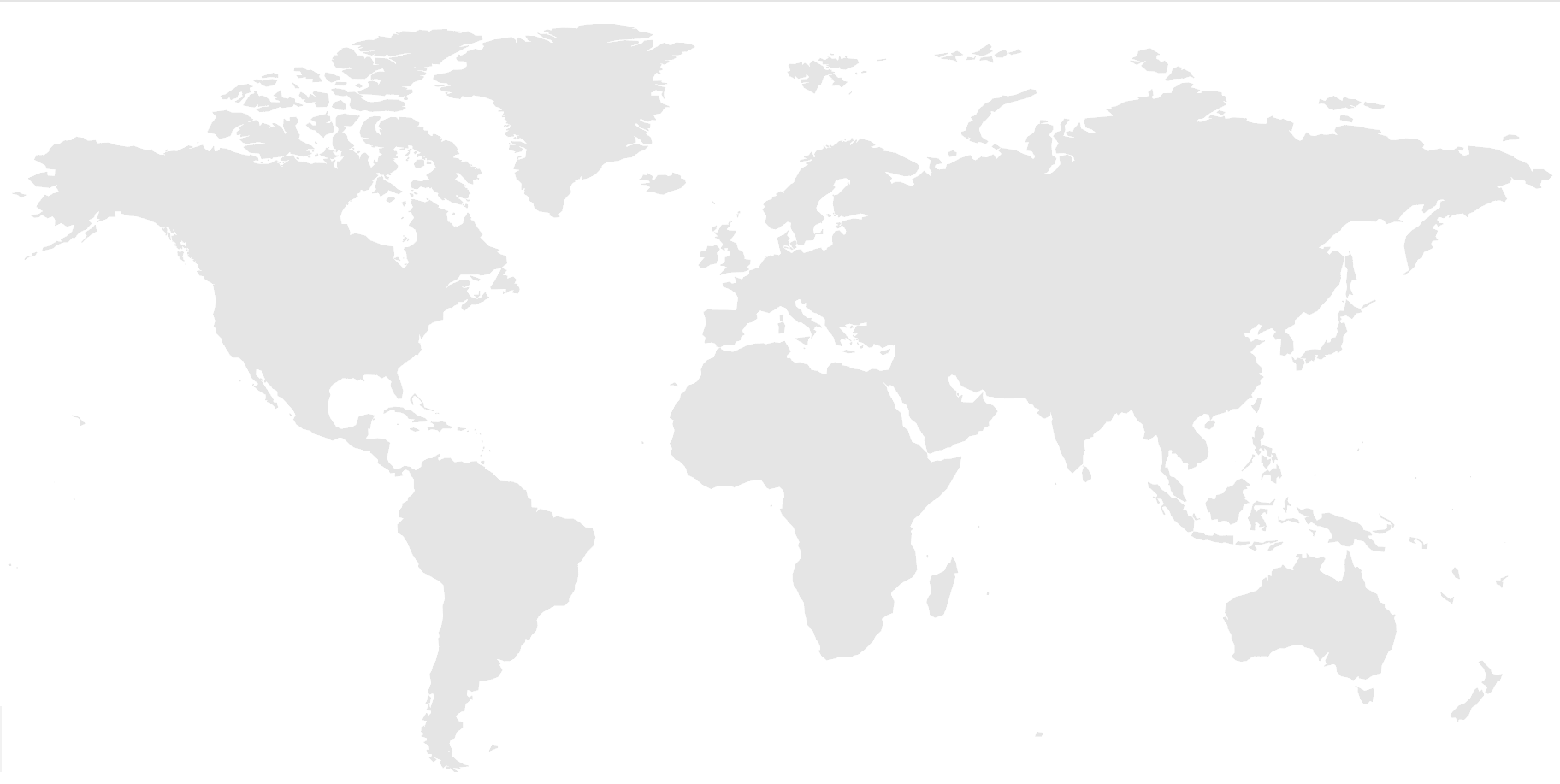Agricultural mechanization has the potential to transform farming in East and Southern Africa through enhanced productivity, improved crop quality, reduced post-harvest losses, and enhanced rural livelihoods. But multiple challenges are undermining the mechanization drive in the region, particularly among smallholder farmers. Riding on the strengths of its partnerships, the Ukama Ustawi (UU) initiative is working with partners to co-design innovative and appropriate mechanization packaging. Our aim is to bridge the farm power gap, offering smallholder farmers low-cost mechanization options. In this backdrop, mechanization initiatives are increasingly receiving government support to boost agriculture and livestock productivity for food security in Africa.
Mechanization options and services
The use of two-wheel tractors (2WTs) and small engine-driven machinery can significantly address prevailing farm power shortages. These machines offer versatility and affordability, making them particularly suitable for smallholder farmers. The commonly sought-after post-harvest management options include shellers, improved granaries, and hermetic bags. There is a need for inclusive and innovative financing mechanisms, demand creation, and awareness-raising to scale up and scale out mechanization. In the Makonde District in Zimbabwe, smallholder farmers and machine operators are benefiting from targeted training and the establishment of mechanization service providers (SPs). These services are addressing farmers’ needs while generating year-round income. And farmers are embracing mechanized equipment for its ease of use, affordability, and availability. Despite the many challenges, farmers and service providers are still satisfied with the equipment’s cost-effectiveness, reliability, and low fuel consumption.
“These machineries are cost effective, reliable and easy to handle. The fuel consumption is unbelievably low.” – Denver Chisodza, farmer from Banket at the CIMMYT Seed Fair in Mashonaland West Province, Zimbabwe, via the Telegraph
Driving conservation agriculture
The combination of wide-scale adoption of conservation agriculture and private sector-led approaches to sustainable mechanization solutions is essential for sustainable agricultural mechanization. In Kenya, a UU-led study identified potential mechanization hire service models for conservation agriculture and found the ideal to be individual farmers owning machinery for their own use and providing services to other farmers. Access to mechanization services for smallholder farmers depends on the business model linking them to these services. Overcoming physical boundaries with a novel approach, the UU virtual field tour (VFT) in Kenya invoked the UU ‘Community of Spirit’, drawing over 150 partners to showcase UU’s work in different countries and communities in scaling out conservation agriculture.
Addressing the challenges
Ukama Ustawi studies show common barriers to scaling up mechanization are limited availability of machines and spare parts, poor after-sale services, and high capital requirements that need attention. That being said, there is effective demand for mechanization services, and farmers are willing to pay. Learning from the successes and failures of other regions can give critical insights into factors that affect agricultural mechanization, such as the government’s role, the enabling environment, and encouraging the local manufacture of machinery via small enterprises.
There is no one-size-fits-all solution for agricultural mechanization. To fully harness its potential and pave the way for sustainable food production and economic growth in the region, collaborative, contextual and coordinated action is needed by stakeholders—led by governments, international organizations, and the private sector—with a strong focus on gender and inclusivity.
Featured image: Women’s representative test driving a 2-wheel tractor at a CIMMYT Seed Fair in Zimbabwe. Credit: International Maize and Wheat Improvement Center (CIMMYT)



